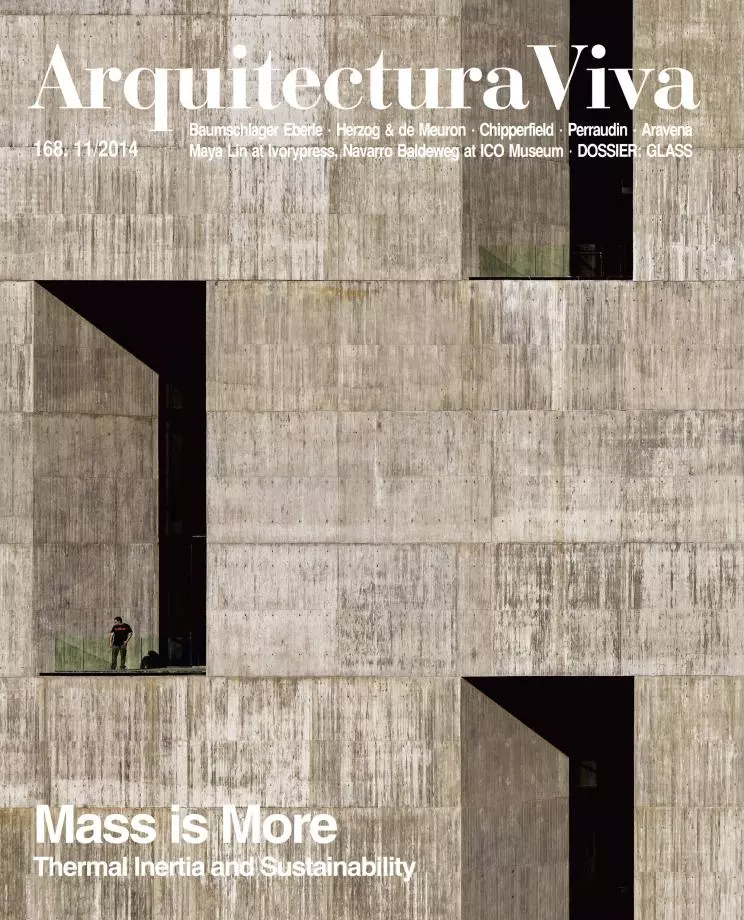
The commission for the Museum of the University of Navarre in Pamplona, which Rafael Moneo has recently finished, was an indirect one. When a decade ago the art collector María Josefa Huarte Beaumont – daughter of the construction magnate and politicial Félix Huarte – decided to donate her excellent treasure of fifty pieces or so (among them works of Picasso, Chillida, or Tàpies), she presented the university with three conditions: that the collection stay intact, that it be open to the public, and that the architect of the building containing it be Moneo. All three requirements have been met, and the completed work shows that commissioning the project to the Pritzker laureate from Navarre, author of several other museums in the world, was a good decision.
Conceived as a piece that shelters the rest of the buildings on the campus, weaving new relationships between them and stitching the whole complex to the urban fabric of Pamplona, the museum will house not only Huarte Beaumont’s legacy, but also the university’s huge photography stock: a total of 10,000 prints and 100,000 negatives including the collection of José Ortiz-Echagüe, the extraordinary photographer of local customs. Working with ideas like simplicity of scheme, variable functionality, and adequate partitioning of exhibition spaces, Moneo has raised a low-lying, horizontal construction configured by three volumes corresponding to parts of the program – auditorium, exhibition halls, and storage – and characterized by the same austere materiality that is so identifiable in other projects of the Navarrese master: reinforced concrete in the facade, natural stone and wood in the interiors.





